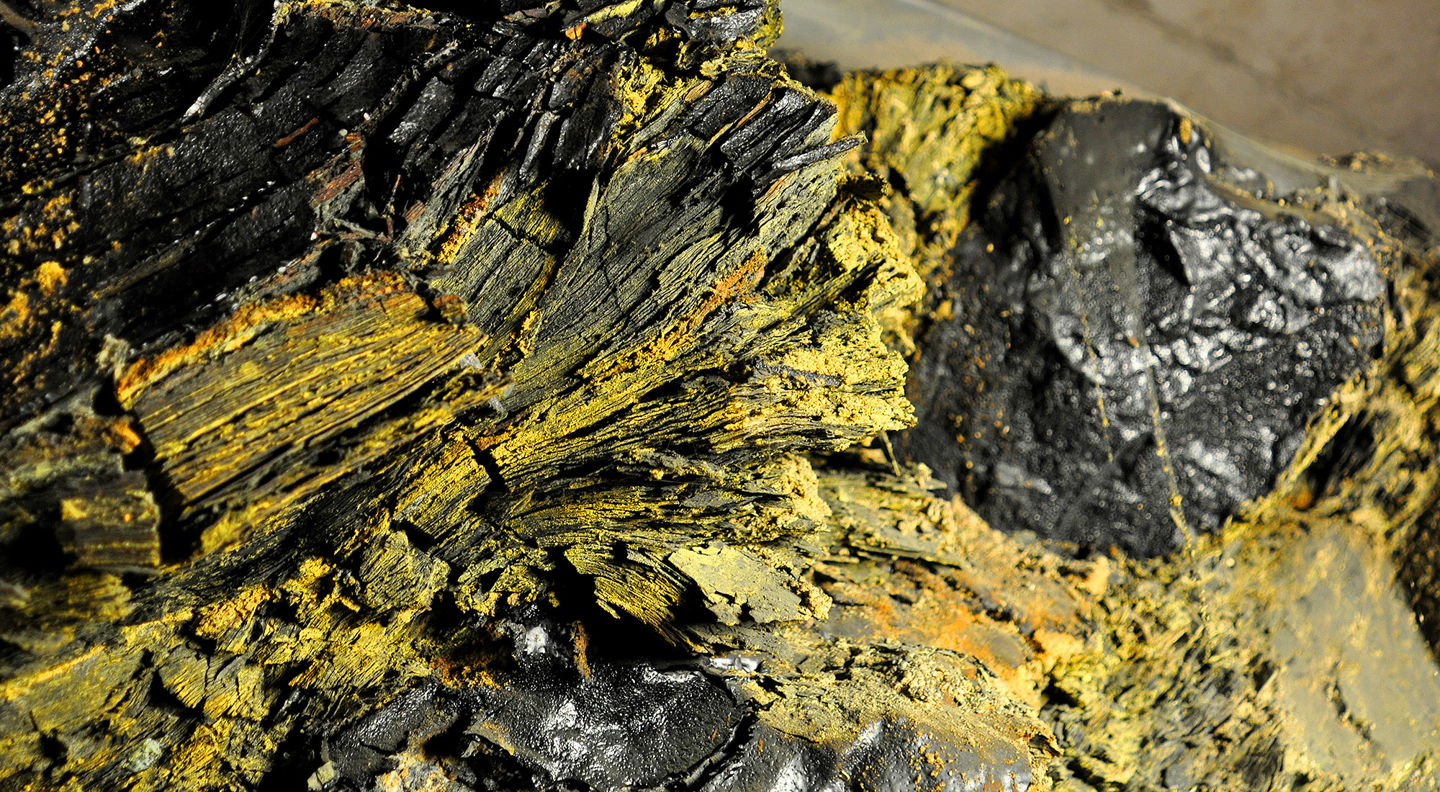Black shale

Acid-forming rocks, such as black shale (alum shale) and acid gneiss, have been shown to be a significant burden on the environment, buildings and other infrastructure when handled incorrectly. Typical problems with ground conditions with black shale are swelling when such masses come into contact with air. Handling black slate masses and building in black slate is therefore a challenge.
NGI has unique expertise in this field. Commissioned by the Norwegian Environment Agency, NGI has drawn up guidelines for handling potentially acid-forming black shale. It is very difficult to distinguish different types of black slate from each other visually. At the same time, various black shales have varying potentials for acid formation, leaching of heavy metals, and radioactivity.
In the past, black shales could only be correctly identified with the help of fossils, which was a demanding process, and few had this expertise. NGI guidelines describe a method for identifying the fingerprint of the most common black shales through geochemical analyses, assessment of acid-forming potential, and interpretation with diagrams.


Christian Sætre
Senior Engineer Environment and Rock Engineering christian.setre@ngi.no+47 926 72 547